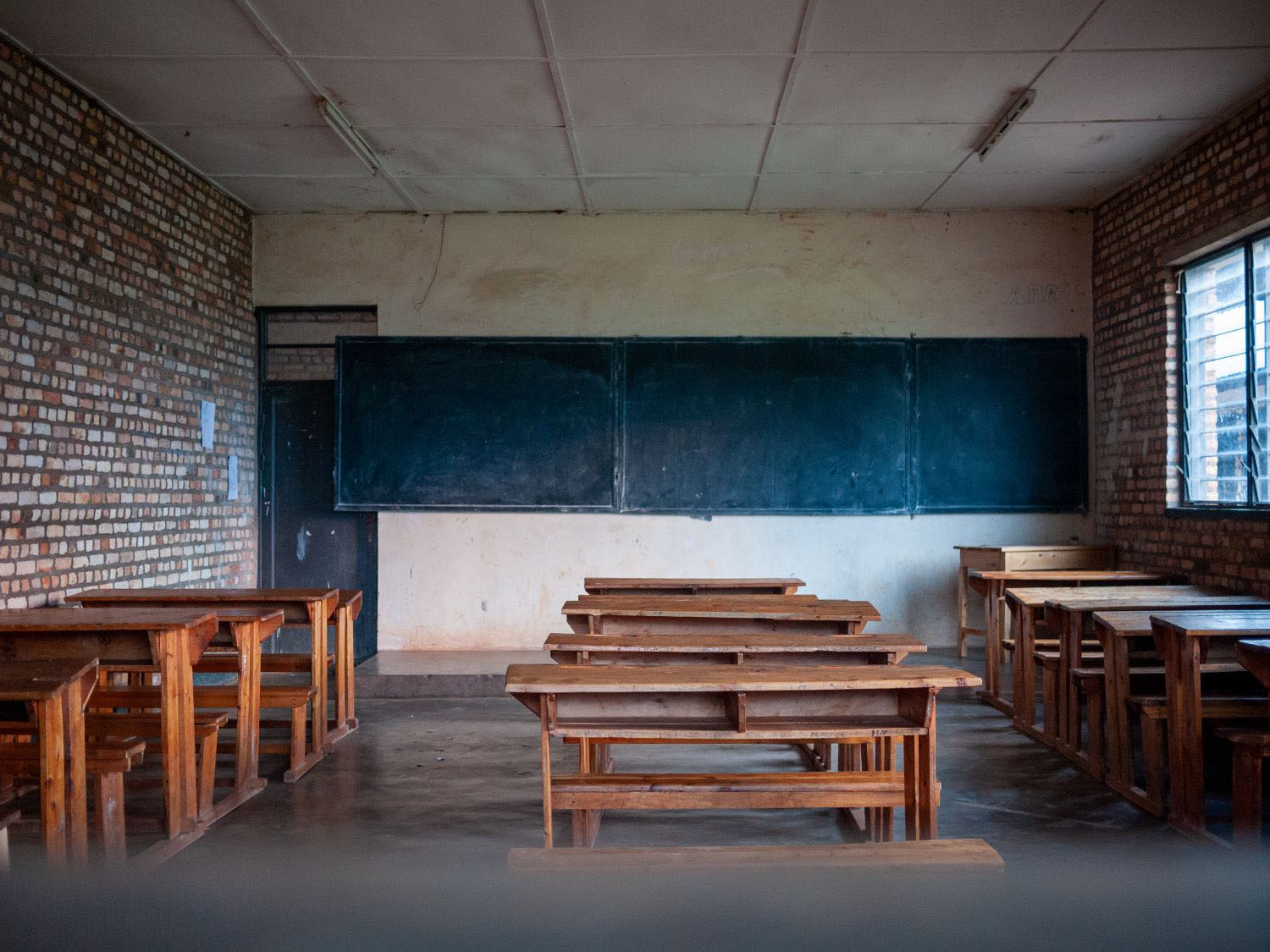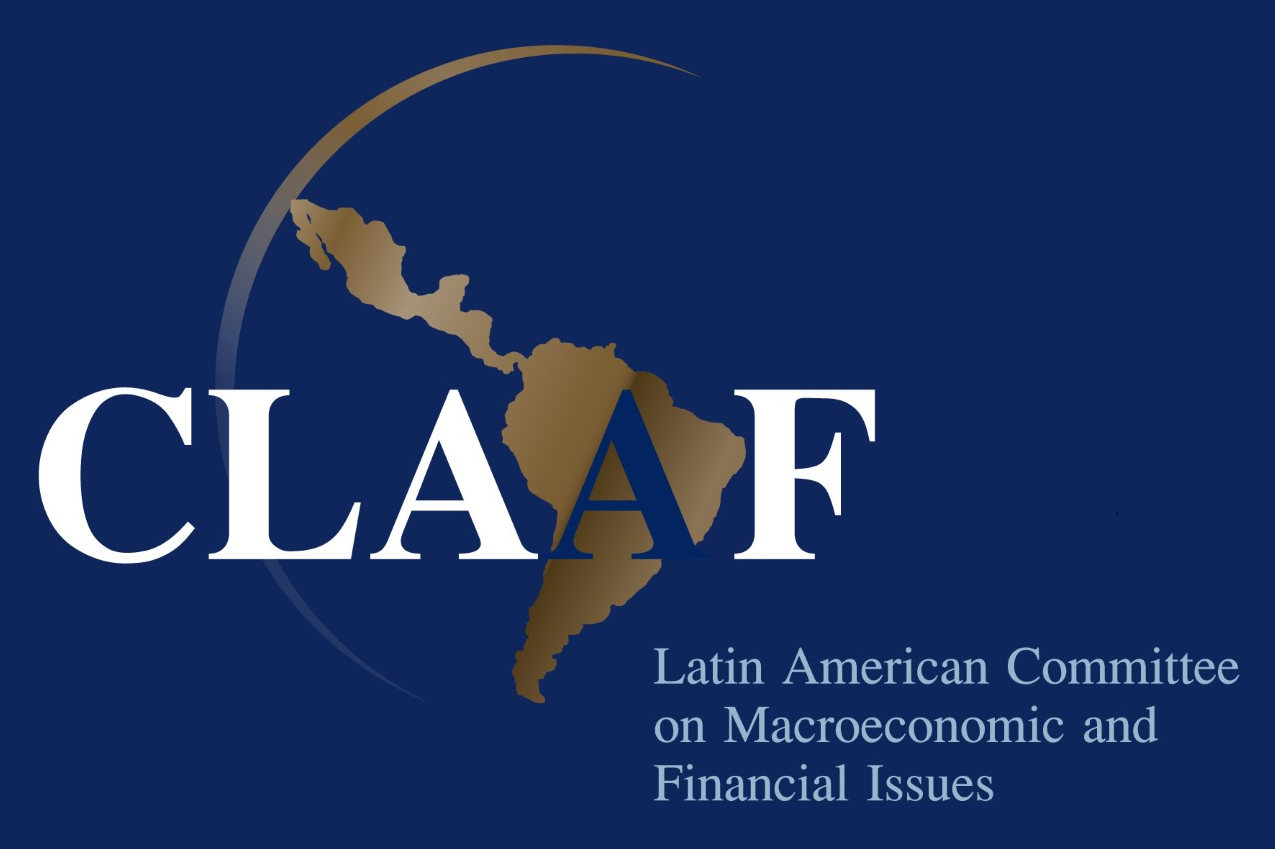Ideas to action: independent research for global prosperity
Research
Innovative, independent, peer-reviewed. Explore the latest economic research and policy proposals from CGD’s global development experts.
WORKING PAPERS
April 11, 2024
POLICY PAPERS
April 15, 2024
CGD NOTES
April 08, 2024
WORKING PAPERS
April 04, 2024
All Research
Filters:
Experts
Facet Toggle
Topics
Facet Toggle
Publication Type
Facet Toggle
Time Frame
Facet Toggle
Research
ESSAYS
December 14, 2017
After the slowdown of the Chinese economy and the sharp decrease in commodity prices, the Latin American macroeconomic outlook has worsened substantially in relation to the boom that occurred between 2003 and 2012, despite favorable external conditions characterized by significantly high liquidity i...
ESSAYS
April 06, 2017
A rise in protectionism and increased external uncertainty may compound already existing domestic weaknesses. Latin America cannot run the risk of being unprepared for the significant potential direct and indirect effects of such a menace to its exports, capital inflows and growth.
BRIEFS
March 08, 2017
In the wake of the global financial crisis, the IMF undertook a series of reforms to its lending facilities to manage volatility and help prevent future crises. The reforms included the adoption of two new lending instruments: the Flexible Credit Line (FCL), introduced in 2009, and the&nbs...
WORKING PAPERS
February 28, 2017
This paper addresses four misconceptions (or ‘myths’) that have likely played a role in the limited utilization of the IMF’s two precautionary credit lines, the Flexible Credit Line (FCL) and the Precautionary and Liquidity Line (PLL). These myths are 1) too stringent qualific...







